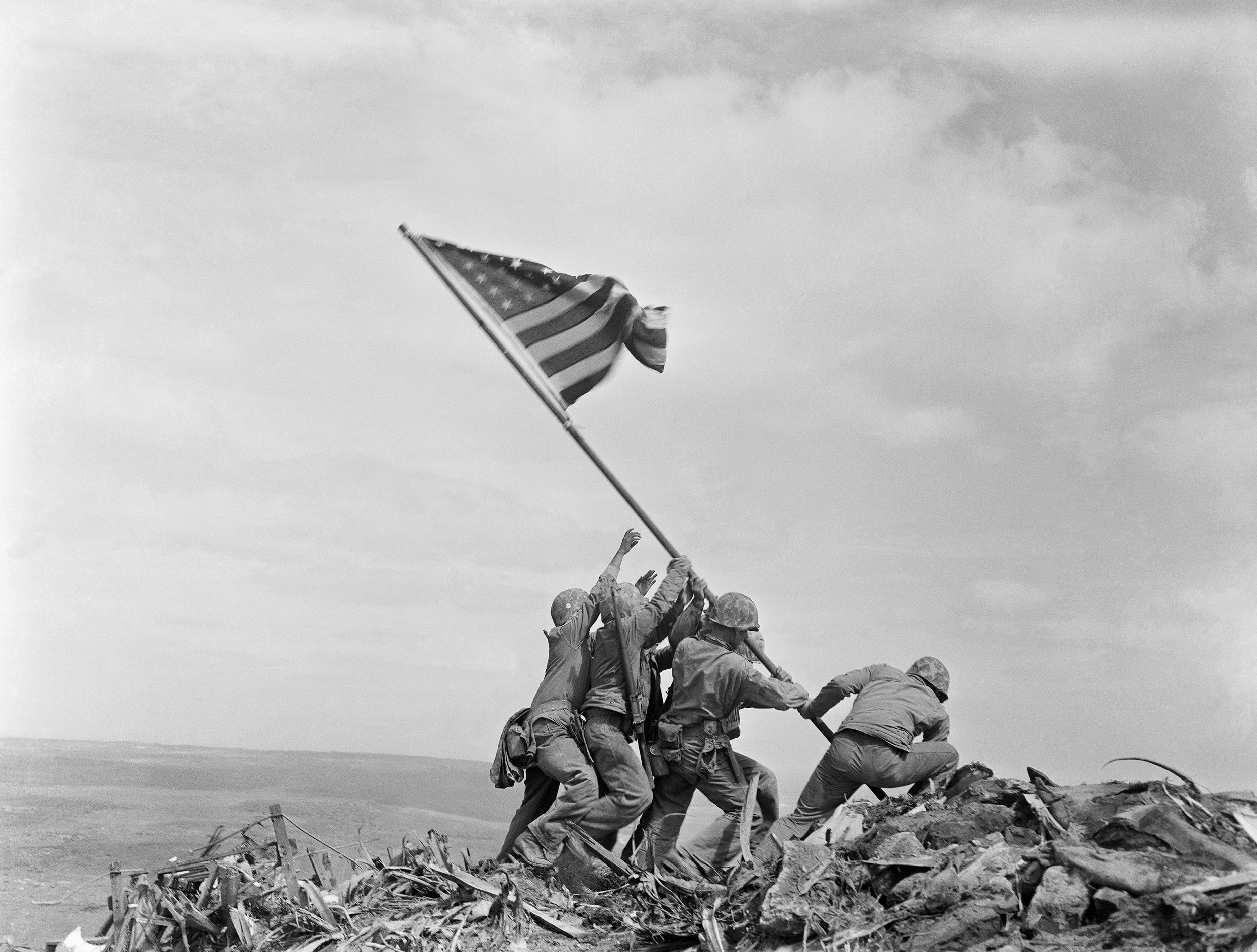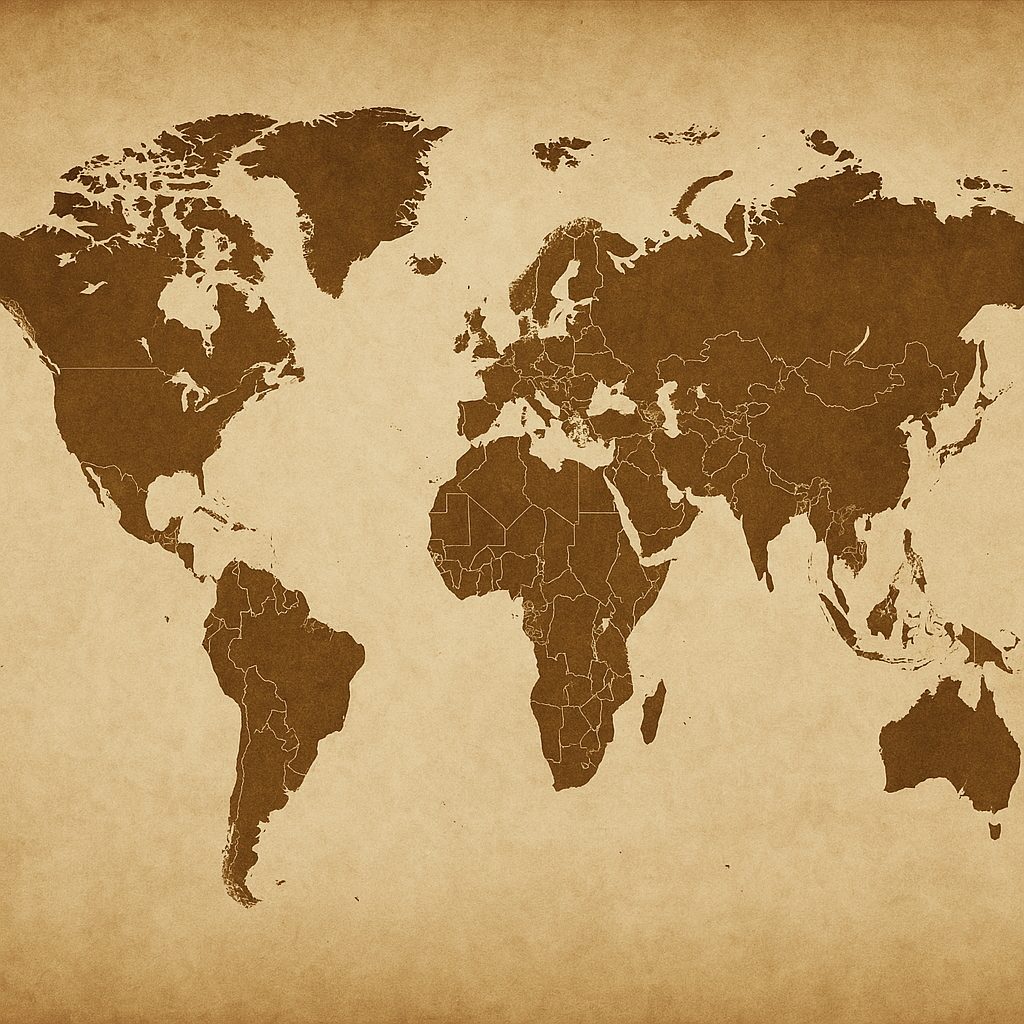
Teaching Military
History Project
CELEBRATING FIVE YEARS
“This teaching military history project is to help all of us expand beyond our own scholarly bubbles, our pedagogical bubbles, to encourage us to find inspiration in the range and the depth of our field, to think about useful ways to engage our students.”
Featured Pedagogical Essays
One of the more challenging obstacles I try to overcome in teaching is getting undergraduates to see that the stories of the past are often much more complicated, multifaceted, and far less triumphant, than what they learned before they got to me. Students come to my lower-division undergraduate class, “American Identity and Belonging in the World War II Era,” eager to learn about how the United States defeated the Nazis—to learn about a time the good guys beat the bad guys. In my experience, my students tend to believe that because World War II was a global war against fascism, it was also an overwhelmingly democratizing event, both abroad and at home. Prejudice somehow evaporated for the duration, and everyone was eager to enlist in the military or otherwise help the war effort.
More than twenty years ago, I introduced students to historical wargaming—a hobby I had cherished since youth—as a way to deepen their engagement with history. Though computer games expanded the audience, they lacked the tangible aesthetic and pedagogical value of traditional board wargames and miniatures.
“The College Board doesn’t care about military history,” I tell my AP-bound Accelerated US History students—though always tongue in cheek, because what historians mean by military history often differs from student assumptions. While AP US History rarely covers grand strategy or the social history of the military in depth, it does offer space to explore military history as part of broader historical processes.
At the end of the World War II unit, students absorb the stark reality of loss through a chart titled “World War II Deaths,” where towering bars represent military and civilian fatalities across nations. Some graphs spotlight smaller countries with staggering percentages of population loss, while the mention of Holocaust victims lingers as a footnoted reminder, deferred for another lesson.
Despite being far from battlefields, educators can still teach them effectively by adapting key elements of the staff ride. Cecily Zander shares how she taught the Battle of Gettysburg in Texas, offering creative strategies for immersive learning.
Tired of teaching through a Western lens? This personal narrative follows one historian’s shift toward global military perspectives—and the conference that changed everything.




